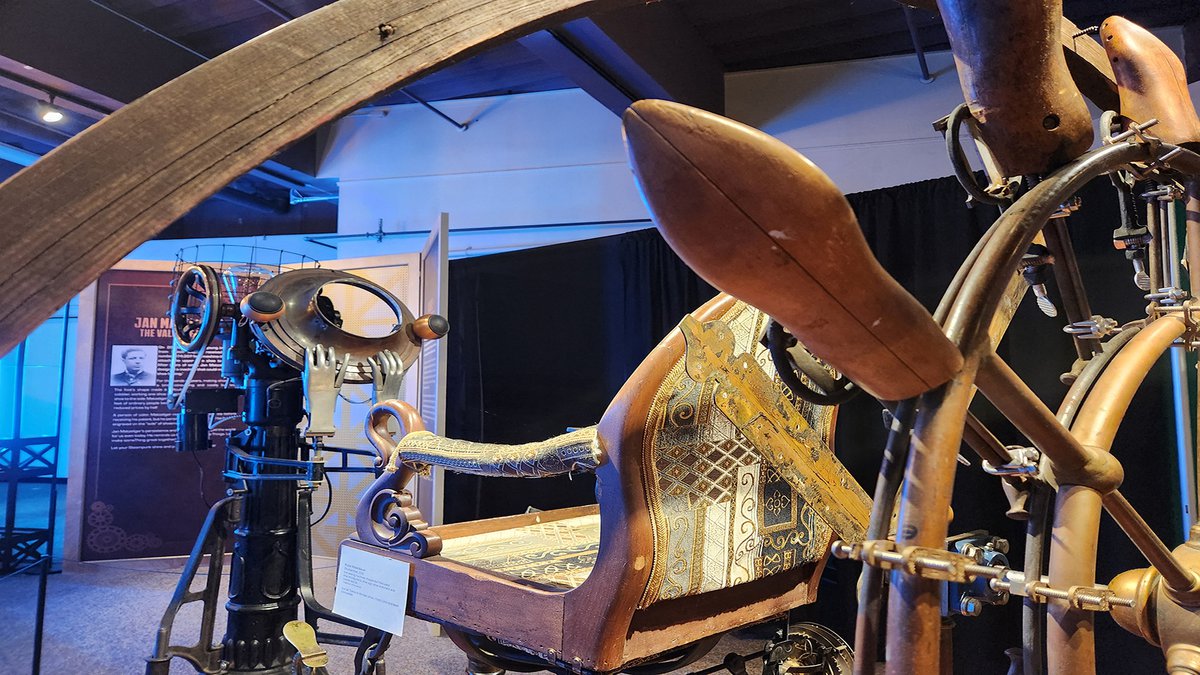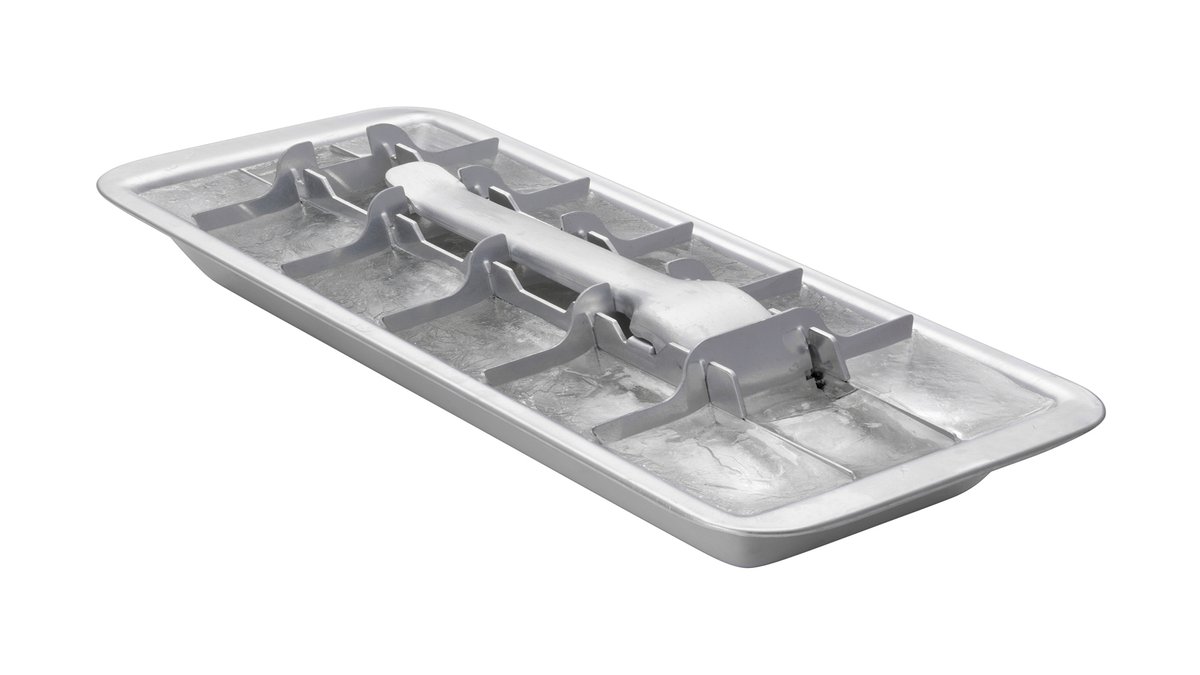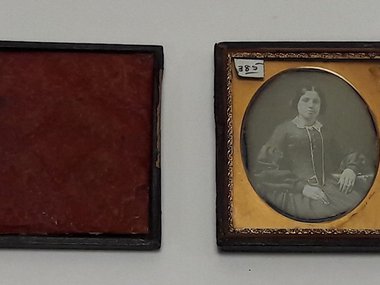Innovation and Invention in Discover Steampunk
What’s the difference between an inventor and an innovator? Was Nicola Tesla an inventor or an innovator? What about computer prototyper Ada Lovelace? Was Frederick Jones, who received more than 60 patents related to refrigeration technologies, engines, sound equipment and X-ray machines, an inventor or an innovator?
The Science Museum is currently hosting the Discover Steampunk exhibition, which is full of retro-futuristic inventions. So, we’re wondering: what makes someone an inventor and what makes someone an innovator? And, can you be both?!
Discover Steampunk gave us a resource for helping explain it: Bruce Rosenbaum. As a designer, Rosenbaum has earned the nickname Steampunk Guru by combining art, technology and history with a unique retro-futuristic fashion.
“Simply put, inventing is thinking and making,” Rosenbaum said. “It’s looking at a problem and coming up with a way to physically change it to make something that will allow your problem to be solved.”
Rosenbaum says invention proceeds innovation. Once a new invention is implemented with impact, then we have an innovation on our hands.
Rosenbaum was inspired by an innovation when creating Shumachine, one of two moving sculptures featured in Discover Steampunk. Shumachine represents Jan Ernst Matzeliger and his shoe-lasting machine. The machine was a first-of-its-kind invention that automated the complex process of joining a shoe sole to its upper body. Matzeliger received a patent in 1883 and within two years, the shoe-lasting machine was widely implemented. It was creating 700 pairs of shoes per day, a sizable step up from the 50 pairs that could be produced by hand. The impact? The price of shoes dropped by nearly 50%!

Now don’t get it twisted (trust us, this pun will make sense shortly): not every innovation has to be an industry-altering automating machine. Rosenbaum shared an innovation he’s been appreciating recently on hot summer days: ice cube trays.
Vintage ice cube trays were made of metal. To release the ice, you would pull up on a metal handle, shifting a series of dividers and chopping up the ice. A metal tray + cold freezer = freezing hands. The invention existed, but there was room for improvement. What happened? Someone chose to innovate!

Getty image
“Molded plastic works so much better because the material doesn't hurt your hands,” explains Rosenbaum. “And you get ice with just a twist! You don’t need all the additional material and components.”
Invention and innovation are often thrown around interchangeably, but confusing the two can hinder BOTH! When we all strive to be the first, the best, the next big inventor, we are only looking to the future. By wanting to only invent, we can overlook innovating all together. To be a successful innovator we must look to the past, present and future in order to collaborate and solve problems.
Upon entering the Discover Steampunk exhibition, you’ll read, “In the world you are about to enter, the Past has come to the Present to create the Future.” This statement perfectly encapsulates not only the exhibition, but the maxim that fuels innovations to this day.
And the Steampunk Guru agrees: “Steampunk is really about innovation, because we are taking objects that are real and physical, that have a past, and transforming them. The process of steampunk art and design is more about innovation than whole-cloth invention by its very nature.”
So that settles it: Rosenbaum has inspired us to not just focus on the differences between inventor and innovator, but to recognize the importance and power of each. And, more importantly, to strive to be both!


